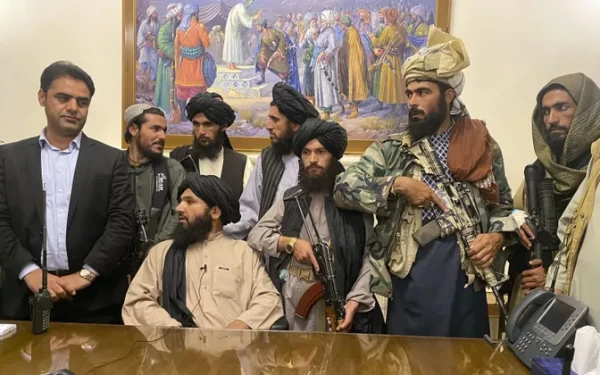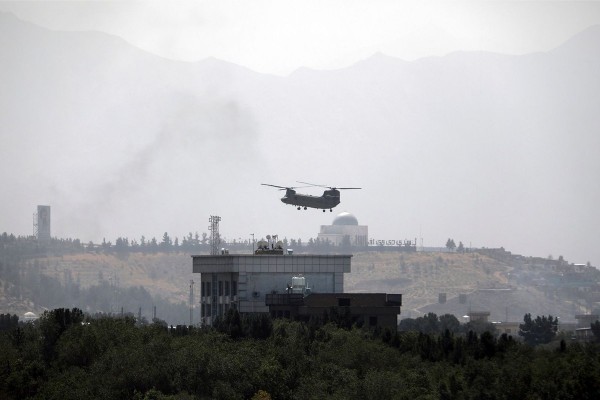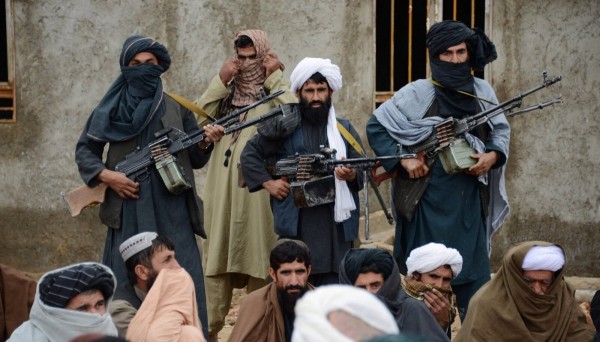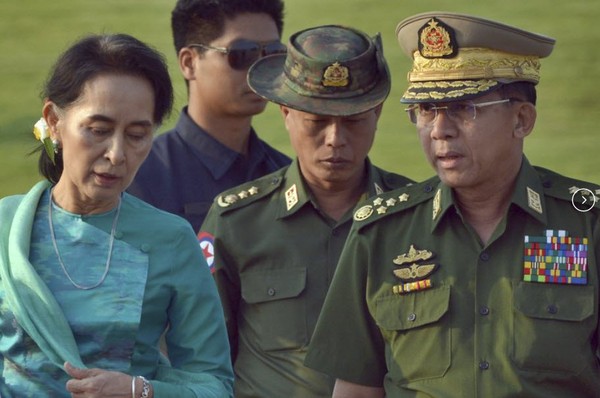The new threats echo those that have made Western governments nervous for some time: namely the departure of extremists/terrorists to Syria for training and their return to their country of residence.
At the presentation of Kapo’s (Estonian Security Police) annual report, Arnold Sinisalu, the agency’s director general said that for the moment Kapo can only confirm that two men from Estonia have left to fight in the Syrian assaults. One of the two is Abdurrahman Sazanakov, who, before leaving for Syria was a regular visitor of the Islamic centre on Keevis Street in Tallinn.
The motivation, the Report says, may vary for those leaving for Iraq or Syria. Not all are driven by a fanatical religious stance. In 2014, Robert Lindmets went to the battle area without any religious affiliation. It is understood that he was motivated by his opposition to the terrorist organization ISIL and was not drawn to it by any radical religious connection.
Sinisalu indicated that the trend seems to be an increase in the unaffiliated ‘lone wolf’ phenomenon, who has been radicalized and has decided that Western values must be attacked, Jewish schools destroyed and editorial offices of periodicals pillaged with staff murdered.
The new trademark is that of the single fanatic and this is a serious concern for all European Union security services. Sinisalu added that Estonia is still very distant from any crisis situation. “We don’t see that our Islamic community has undergone any changes that would indicate its members are a threat to Estonia. But the community’s leaders have not directed sufficient attention to the fact that some individuals have been attracted by extremist themes.
Asked about the number of men who have gone to Ukraine to participate in fighting, Sinisalu answered that this is still under investigation.
The immigration of Muslims to Estonia has been steadily increasing and the visitations of representatives from Islamic organization and Mosques abroad rose to a record high to over 20. The Muslim Brotherhood, who have been connected to terrorist acts in the Middle East, have tried to make contact with Estonian Muslim groups. They have a similar plan as ISIL – to form a wide caliphate from the merging of Muslim countries in the Mideast, where strict Muslim law could be enforced.
The Report describes the activities of the Moslem community in Estonia to be chaotic. For instance, during the last two years a place of prayer in Tartu was used by the community on a regular basis which is now closed. The facilities were used mainly by Estonians who had converted and foreign students from Islamic countries. The place had no religious leader who would have been qualified to teach the Moslem faith. Neither was the leader of the Moslem community in Estonia, Ildar Muhhamedsin, involved.
Illegal immigrants of the Moslem faith has steadily grown over the years. In this respect the Kapo report states that co-operation with Russian border control is very frustrating. Even illegals who have made their way into Estonian, but have legitimate personal and travel documents have been refused entry by Russia, the country from which they came. Moscow ignores a bilateral agreement, under which Russia has promised to accept such individuals. The Kapo report acknowledges the work that is well meant that volunteer organizations do to ease the hardships of the illegals but suggests that these groups work closer with government authorities to develop long term solutions.
In identifying Russia as the country through which Moslems immigrate to get to European Union countries, the Kapo report also states that terrorists use exactly the same route.
The Report stresses that the threat of terrorism in Estonia itself is still considered to be low. What is causing some concern is the seeming increase in the radicalization of individuals and it becoming tolerable within some Moslem groups.
The book calls on all to be vigilante and report anybody who is adopting extreme positions on issues and showing a personal interest in conflicted countries such as Yemen, Syria, Iraq and others.
Laas Leivat (To be cont’d.)

Estonia gains additional threats to already long established promises of attack from Moscow Estonian Life
Rahvusvahelised uudised | 02 May 2015 | EL (Estonian Life)Eesti Elu
Rahvusvahelised uudised
TRENDING
























